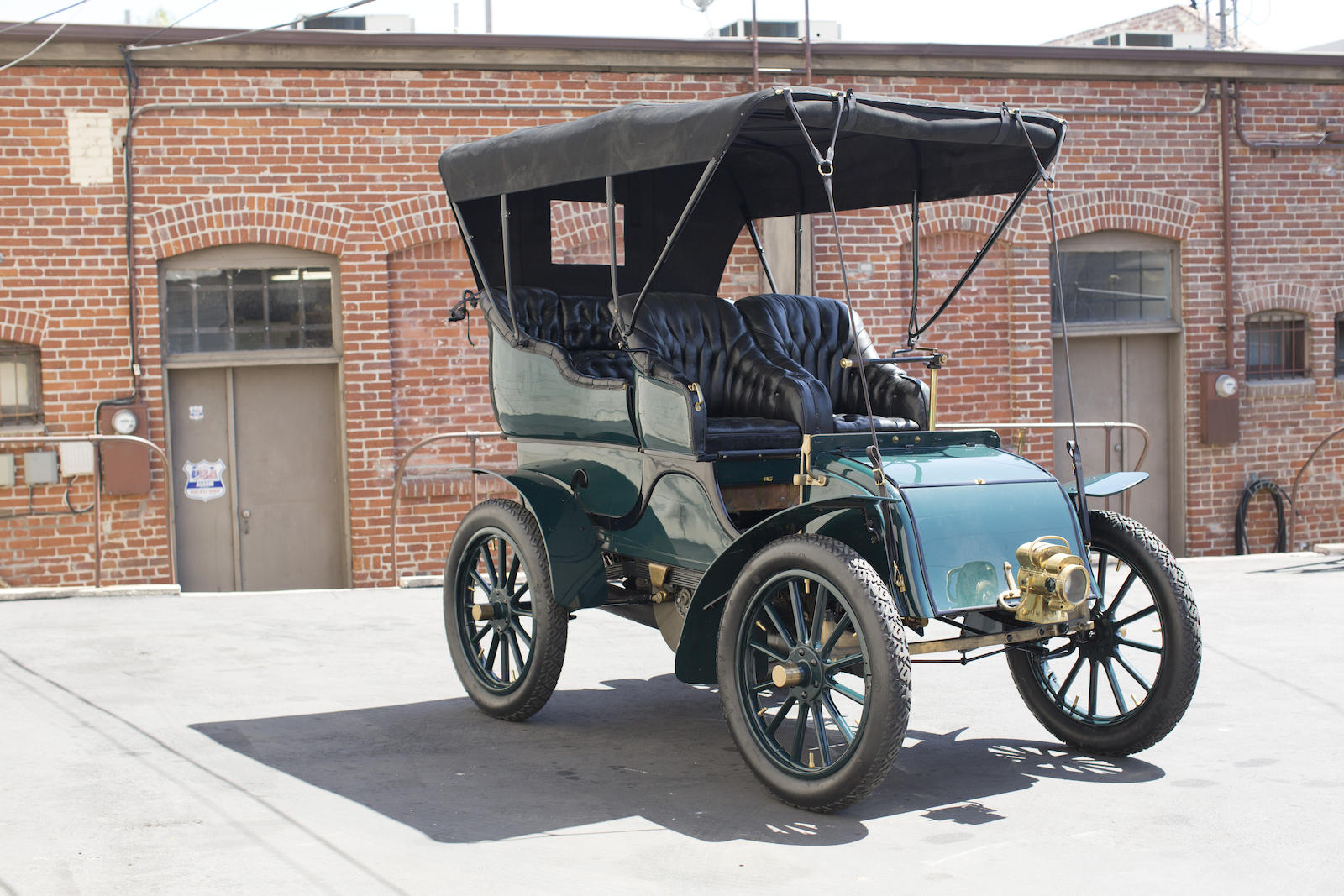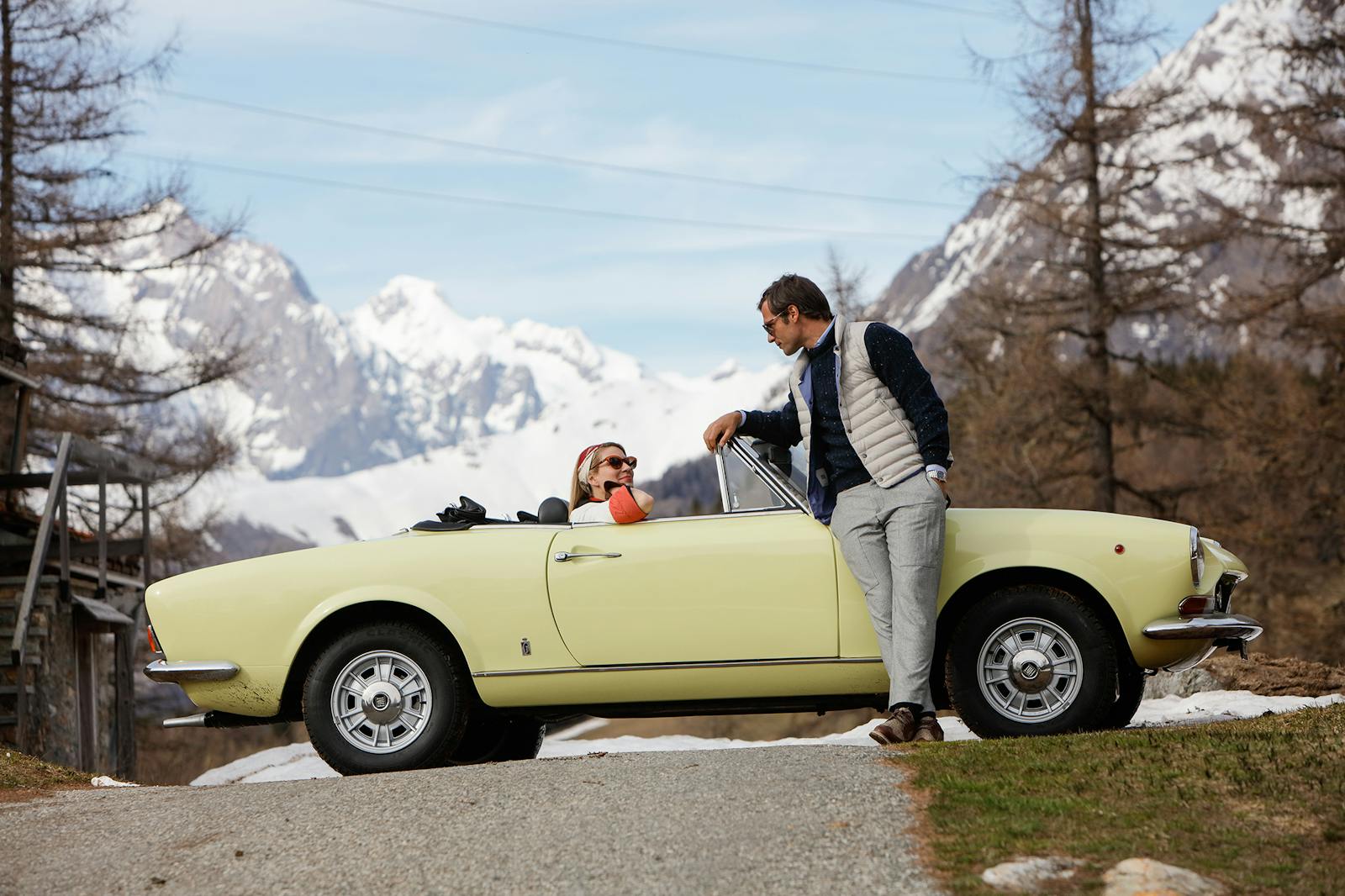4 cars bound for Amelia Island 2020 that make being a centenarian look good
Tell people you like old cars and any number of generations of the automobile could pop into their head. Most likely, they are thinking about cars from the 1940s–60s, which are hardly new but in the grand scheme of things are certainly not old.
No, if you want to talk about old cars, you can start by going back a full century. In the interest of highlighting some of these awesome early cars, we scoured the run lists of the upcoming Amelia Island auctions and found a number of bonafide centenarians which can tell a story about early automobile production.
1897 Benz 10hp Mylord-Coupe

Bonhams, Lot #177
Estimate: $500,000–$750,000
Before it was called an automobile, it was a horseless carriage. Looking at an example like this 1897 Benz, it’s easy to see why. The use of a carriage as a base chassis was likely the easiest path to a self-propelled vehicle, leading the perfect opportunity to use the cliché “no need to reinvent the wheel.”
This Benz is most impressive when you compare it to the Patent Motorwagen of 1886. That first Benz was a single-cylinder engine design which produced a scant half or three-quarter horsepower. Eleven years later, the Mylord-Coupe had an opposed twin-cylinder arrangement producing 10 times the power of the open-crankcase Patent Motorwagen. That increase in power, combined with a three-speed planetary transmission, allows for a top speed of approximately 19 mph—barely enough to keep up with a horse at full gallop.
1904 Knox 16/18hp Tudor 5-passenger Touring

Bonhams, Lot #161
Estimate: $275,000–$325,000
At the turn of the century, the automotive market was moving fast and no clear standards had risen to the top. This Knox is an example of how many cars produced during this time were very simple on the outside, but in fact you had to be intimately familiar with the car in order to operate it with any success.
A tiller for steering was a fixture that many would-be motorists were familiar with by 1904, since it was standard equipment long before a steering wheel. Multiple pedals were present on almost all cars, but what each of them operated was not immediately clear. This might be why so many early cars had no form of security system, not even a basic ignition cylinder. The knowledge required to run an automobile, combined with their rarity, meant they were virtually theft-proof by nature. Only as the popularity and standardization of the automobile rose did items like keys and other theft prevention become more commonplace, though many of those features were still decades away on most models.
1907 Renault Type AI 35/45-hp Vanderbuilt Racer

Bonhams, Lot #159
Estimate: N/A
Early race cars are absolutely fascinating because they highlight the gap between the tame road-going models of the time and the excess-is-best racers. In an era where the Ford Model T was still one year from breaking into the automotive lexicon with only 15 horsepower, the top racers like this Renault could muster up to 45 horsepower. In the world of 700-hp Dodge production models, that doesn’t seem like much, but comparatively speaking it actually lines up about the same.
Races were numerous during the pre-war automotive era, and the premier American race was the Vanderbuilt Cup. Despite legal battles with era politicians, the prestigious race started in 1904 and ran over 30 miles—a significant distance for the time. Year after year, the Vanderbilt races increased in distance and speed, which might explain why this specific car is equipped with a 2:1 rear axle, which allows relatively low engine rpm at a significant top speed.
1915 Lozier Type 82 Seven-Passenger Touring

RM Sotheby’s, Lot #279
Estimate: $250,000–$300,000
When talking about cars of this era, you inevitably end up discussing bicycles. Many of the gearheads who led the market on early cars were the very gearheads who were machining bicycle parts and marketing cycles to buyers worldwide. Henry Abram Lozier was one of those people. He not only built and sold bicycles, he was good at it. However, as the world rang in a new century in 1900, Lozier decided to sell his bicycle business. The resulting $4 million was invested into the development of his own internal-combustion engine technology.
This 1915 model came 10 years after the first Lozier automobile went to market, but it is an early example of the standardization of the left-hand-drive style that we Americans are familiar with today. Lozier was a name in the luxury market during these years and was priced five times more than a comparable Cadillac. That didn’t work for long. After Lozier filed for bankruptcy in 1915, the Type 82 was the new owners’ first offering. This one is the only example known to have survived complete with original body, chassis, engine, and nearly all its original hardware.

